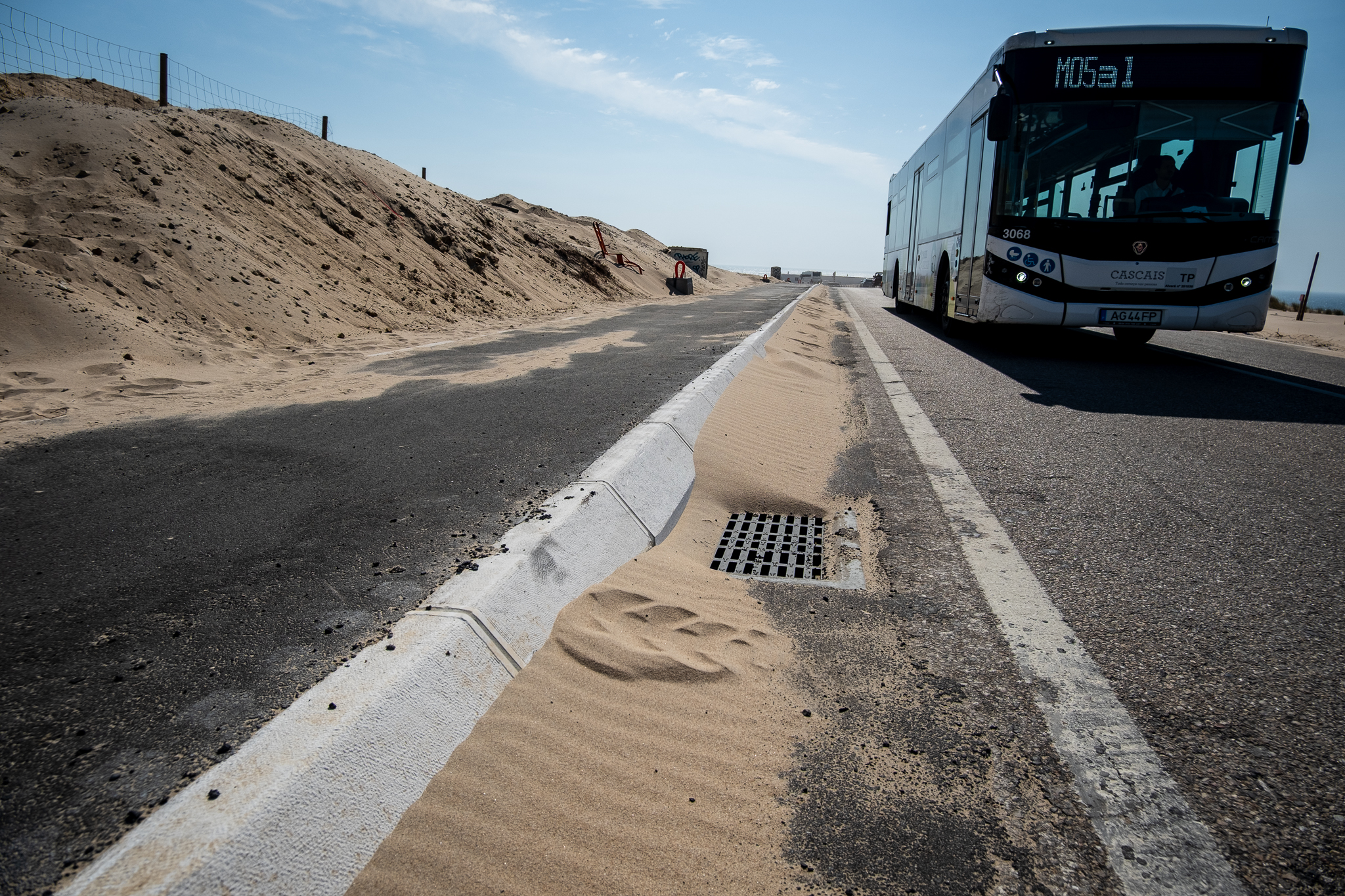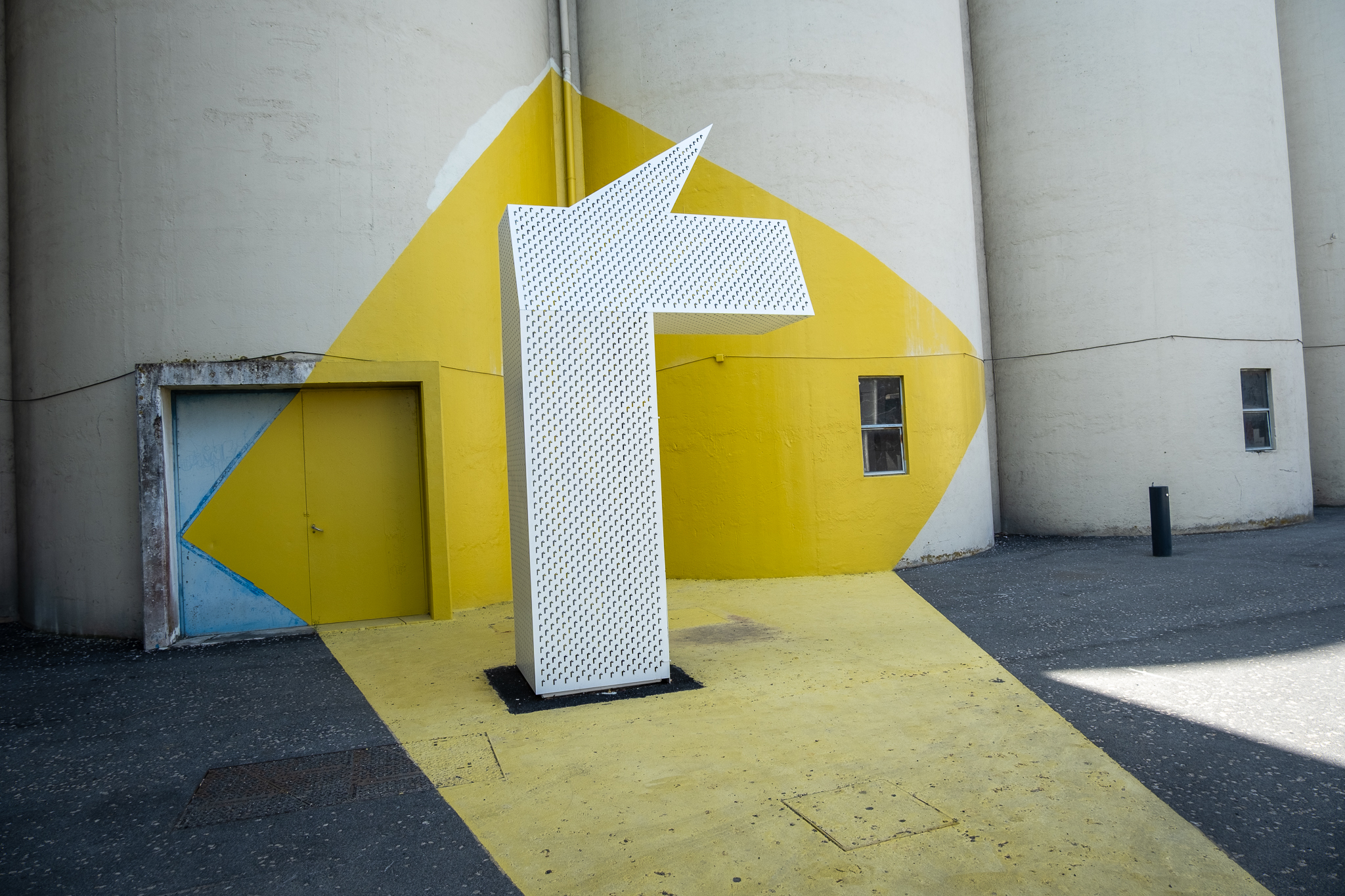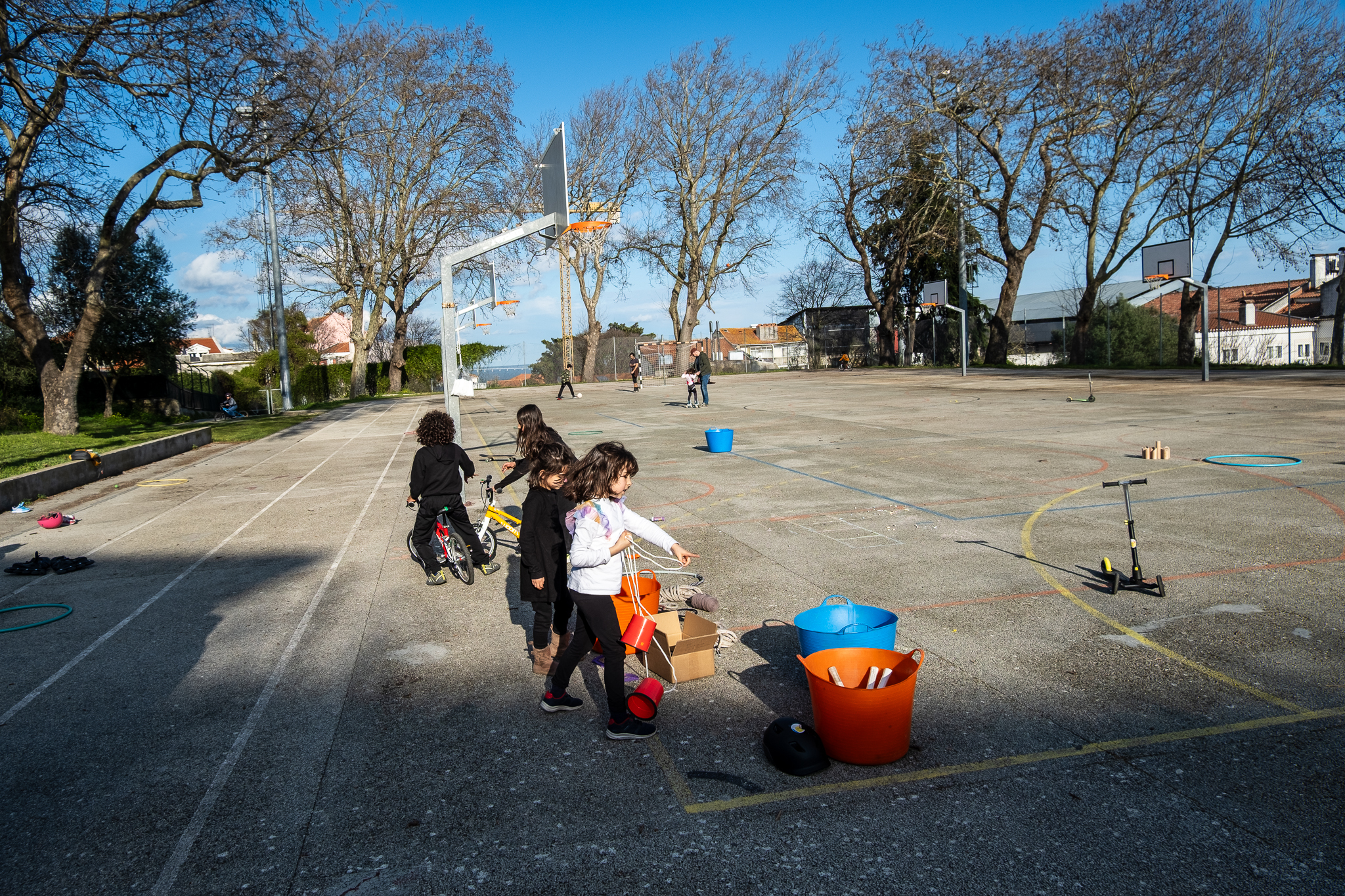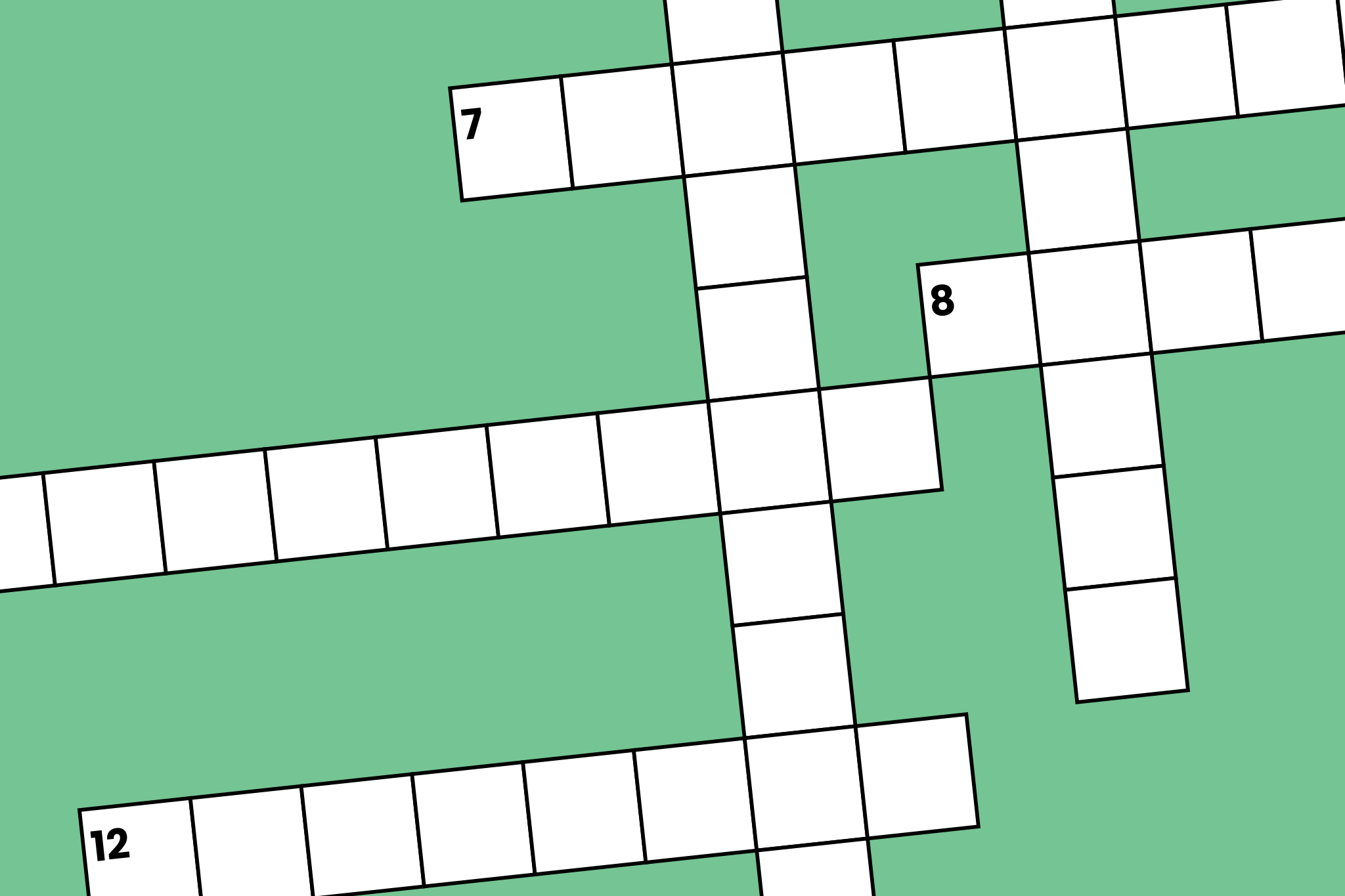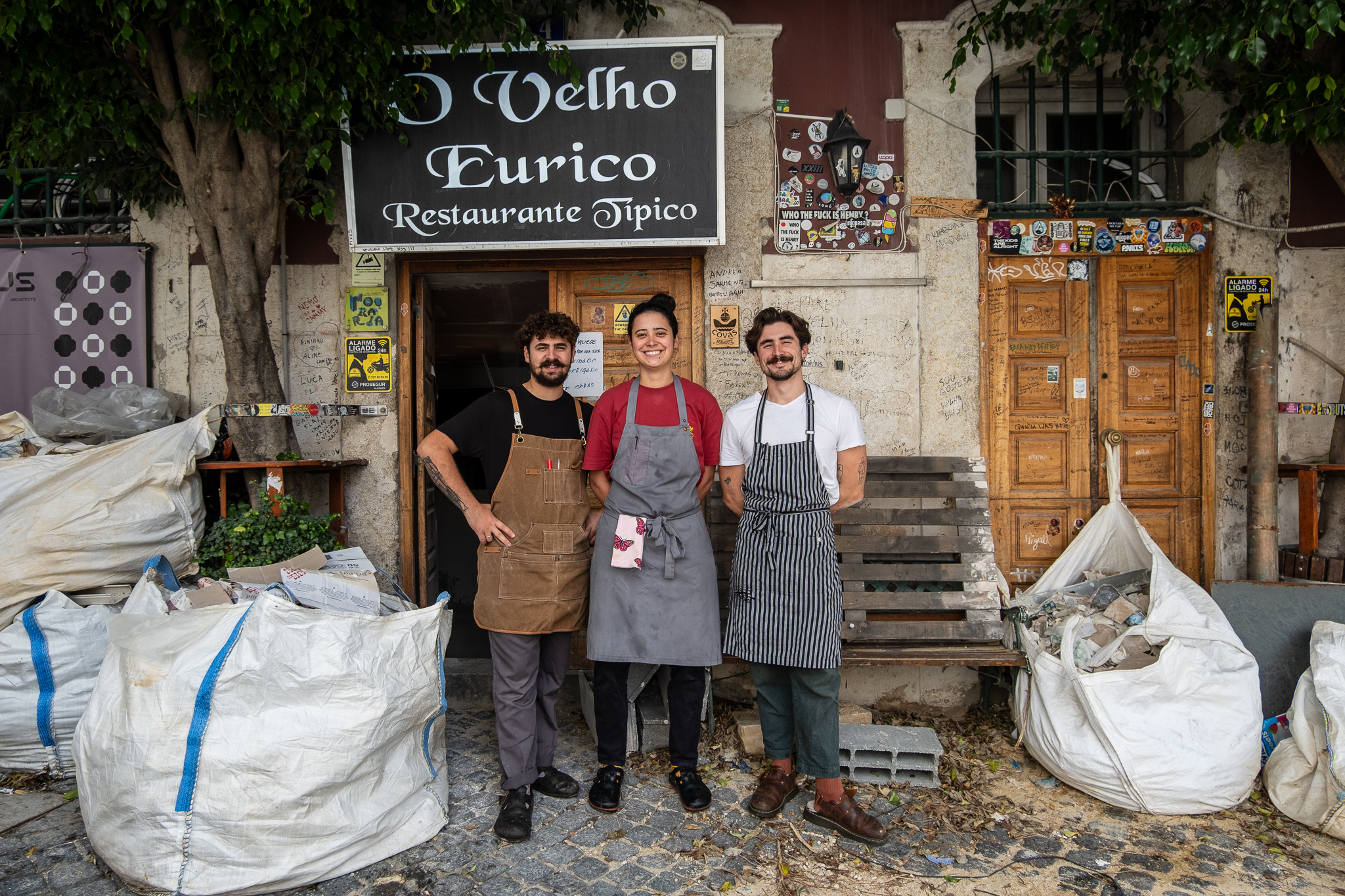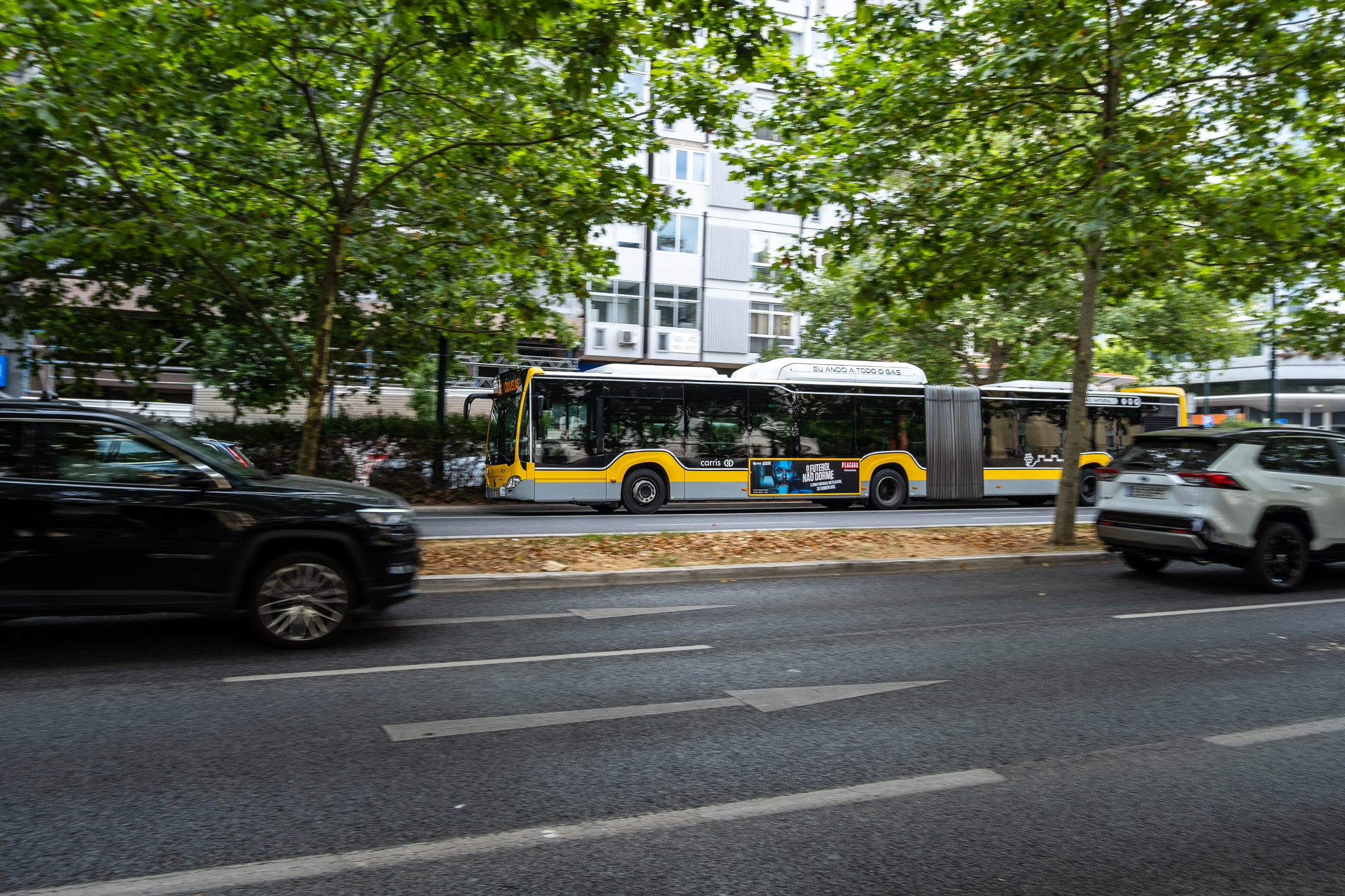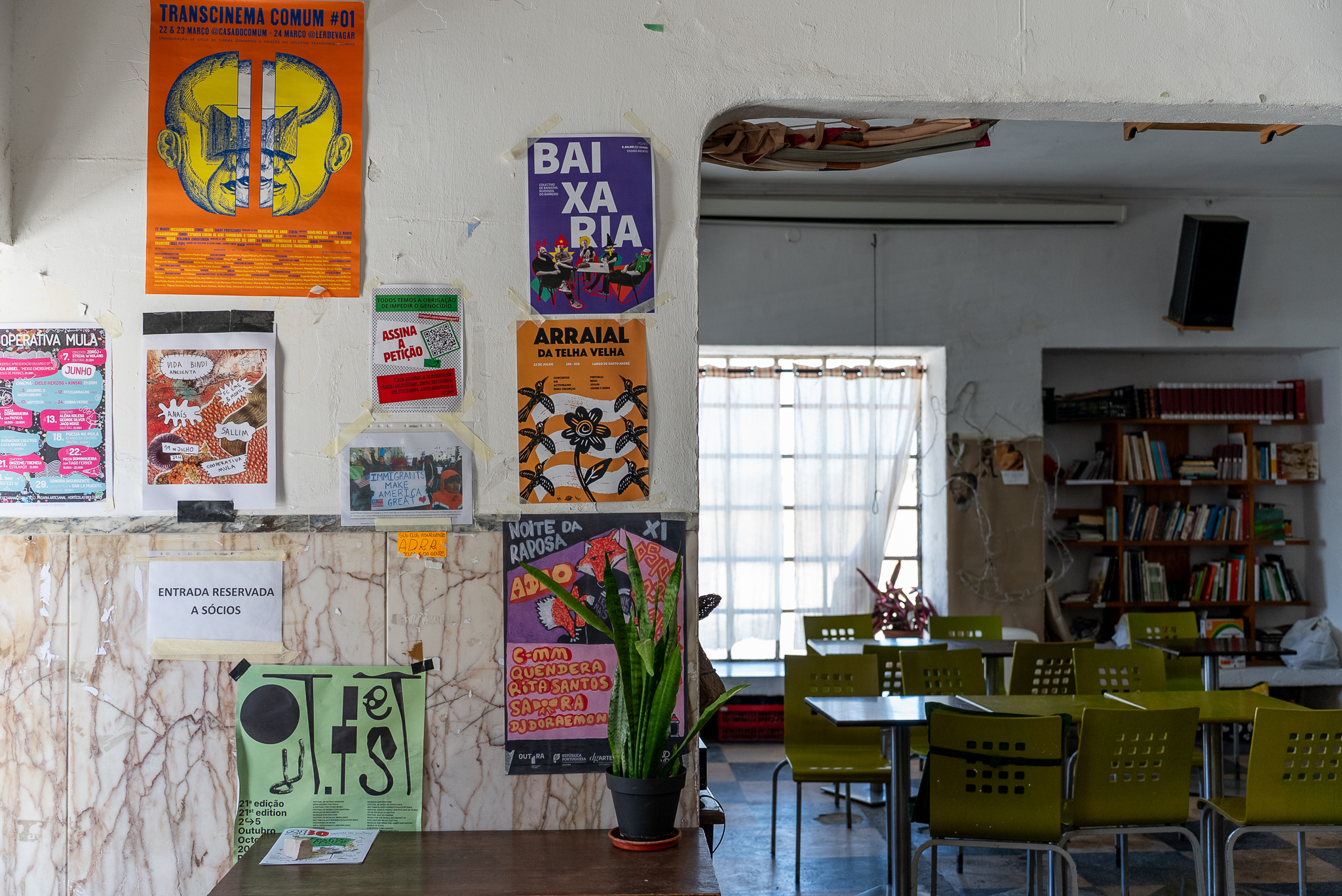Com a ajuda do atelier de Carrilho da Graça, a jovem arquitecta Ilia Voulgari idealizou um extenso parque urbano na zona ocidental de Lisboa, entre o Cais do Sodré e Belém. Sugere ligar a cidade ao rio, eliminando o comboio, as estradas e o porto, e trocando essas infraestruturas por áreas verdes, uma piscina pública e até uma sauna.

Lisboa é caracterizada pelo Tejo, mas na zona ocidental, em particular, a relação com o rio é afectada pela linha de comboio e pela infraestrutura portuária, que criam uma barreira entre a cidade e a água. Ilia Voulgari, uma jovem arquitecta, sugere mudar isso com o projecto Hydroscape Lisbon. A ideia passa por reconstruir a paisagem urbana de Lisboa ao longo de 14 quilómetros à beira-rio, potenciando a proximidade com a água e trazendo essa beleza hídrica para a cidade. Ilia propõe um extenso parque urbano com espaços verdes, uma piscina pública e até uma sauna.

A proposta de Ilia desenvolve-se entre o Cais do Sodré e a Doca de Pedrouços, em Belém. Nessa extensão, a linha de comboio, as estradas e também o porto desaparecem para dar lugar a novos espaços urbanos. A autora não diz o que faz a estas infraestruturas ferroviárias, rodoviárias e portuárias, mas parte delas poderia ser subterrada ou desviada. É proposto um mercado ao ar livre cercado por um jardim com diferentes espécies de vegetação, um anfiteatro/miradouro com vista para o rio, várias áreas verdes e ajardinadas, uma sauna junto ao rio, e uma piscina pública ao ar livre.
Com o Hydroscape Lisbon, a jovem arquitecta procurou repensar a relação da cidade com a água, tanto à escala territorial como humana, chamando simultaneamente a atenção para a questão das alterações climáticas. Neste campo, a proposta inclui uma estação de tratamento de água que aproveita este recurso, oriundo dos vales e dos esgotos, e que, uma vez tratado, é aproveitado para alimentar a piscina, a sauna ou mesmo a rega do parque. Esse processo de tratamento envolve duas fases: primeiro, através de processos mecânicos e, depois, através de zonas húmidas construídas, que também façam parte da paisagem urbana. No fundo, Ilia acredita que as infraestruturas hídricas podem ser integradas no tecido da cidade, fazendo florescer novos espaços públicos – fazendo nascer uma hydroscape (hydro + landscape) ou “paisagem hídrica”.


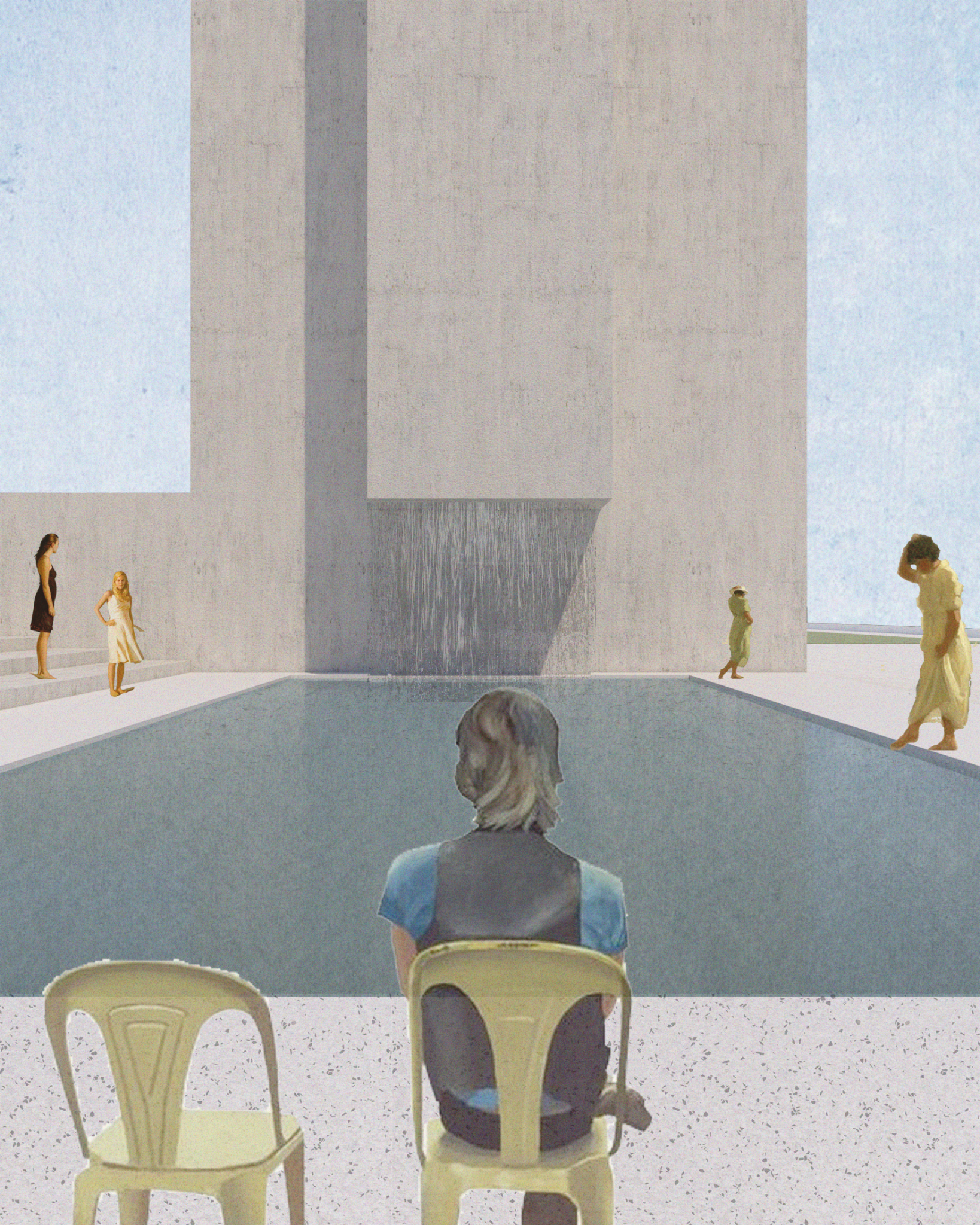
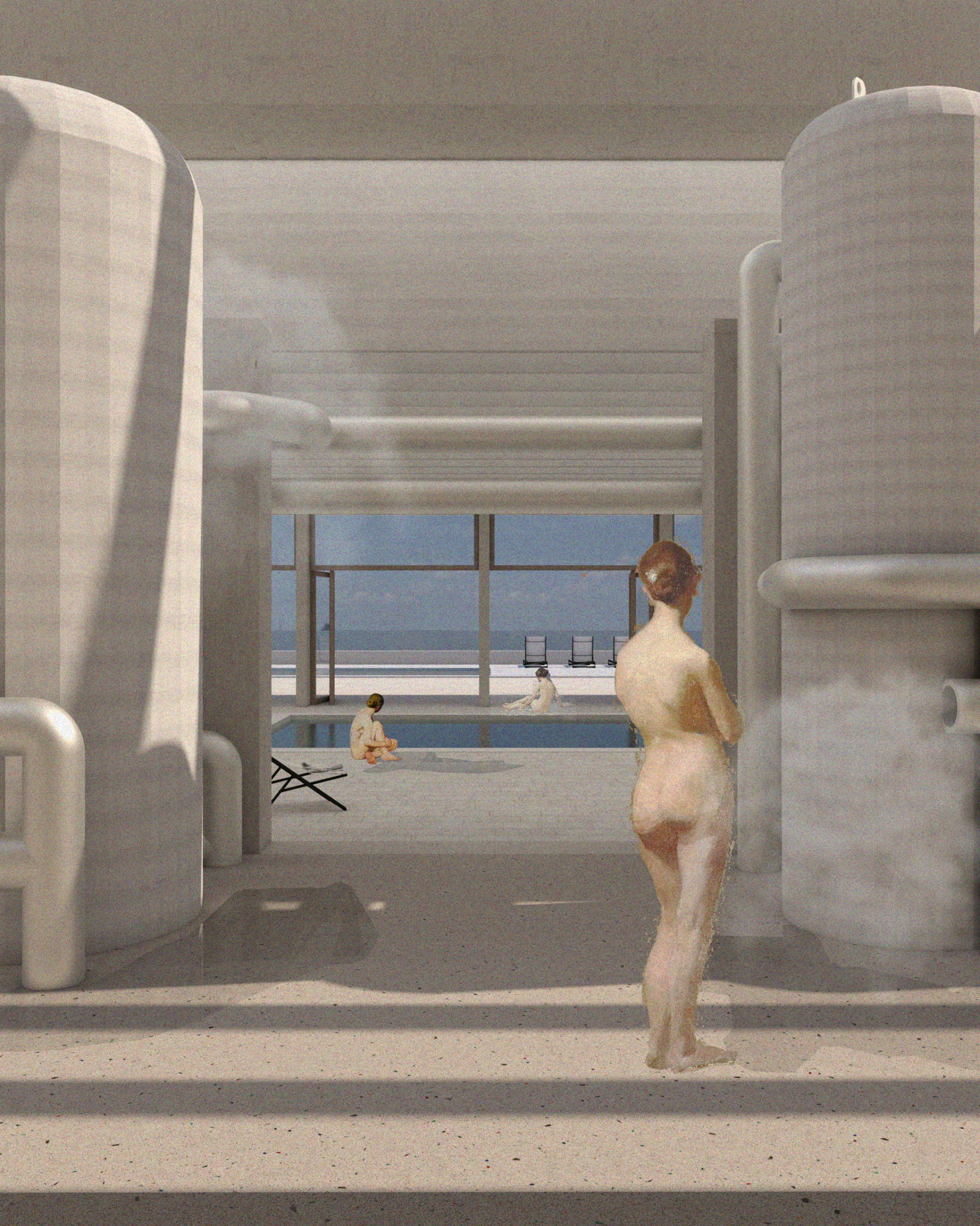
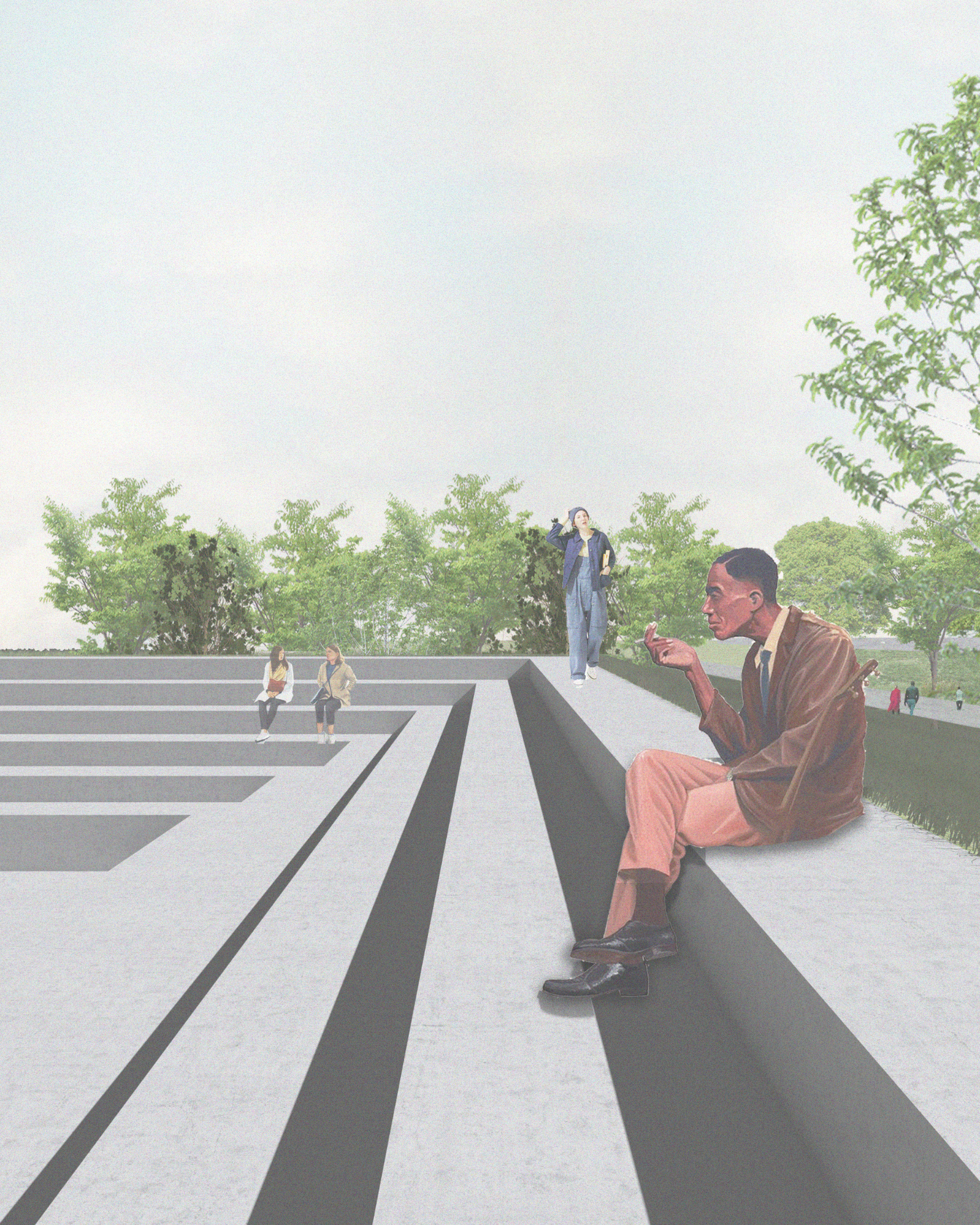

O Hydroscape Lisbon foi o projecto final de tese de Ilia, que estudou na Escola de Arte de Glasgow, na Escócia, e que desenvolveu esta ideia durante o intercâmbio na Universidade de Lugano, na Suíça. A proposta, que contou com a orientação do atelier de arquitectura de Carrilho da Graça, foi distinguida na edição de 2024 dos Prémios Nova Bauhaus Europeia, que visam reconhecer e celebrar exemplos inspiradores de transformações de espaços físicos; nesta competição, também foi premiada a ideia de uma disruptiva paragem de eléctrico feita com micélio dos fungos.
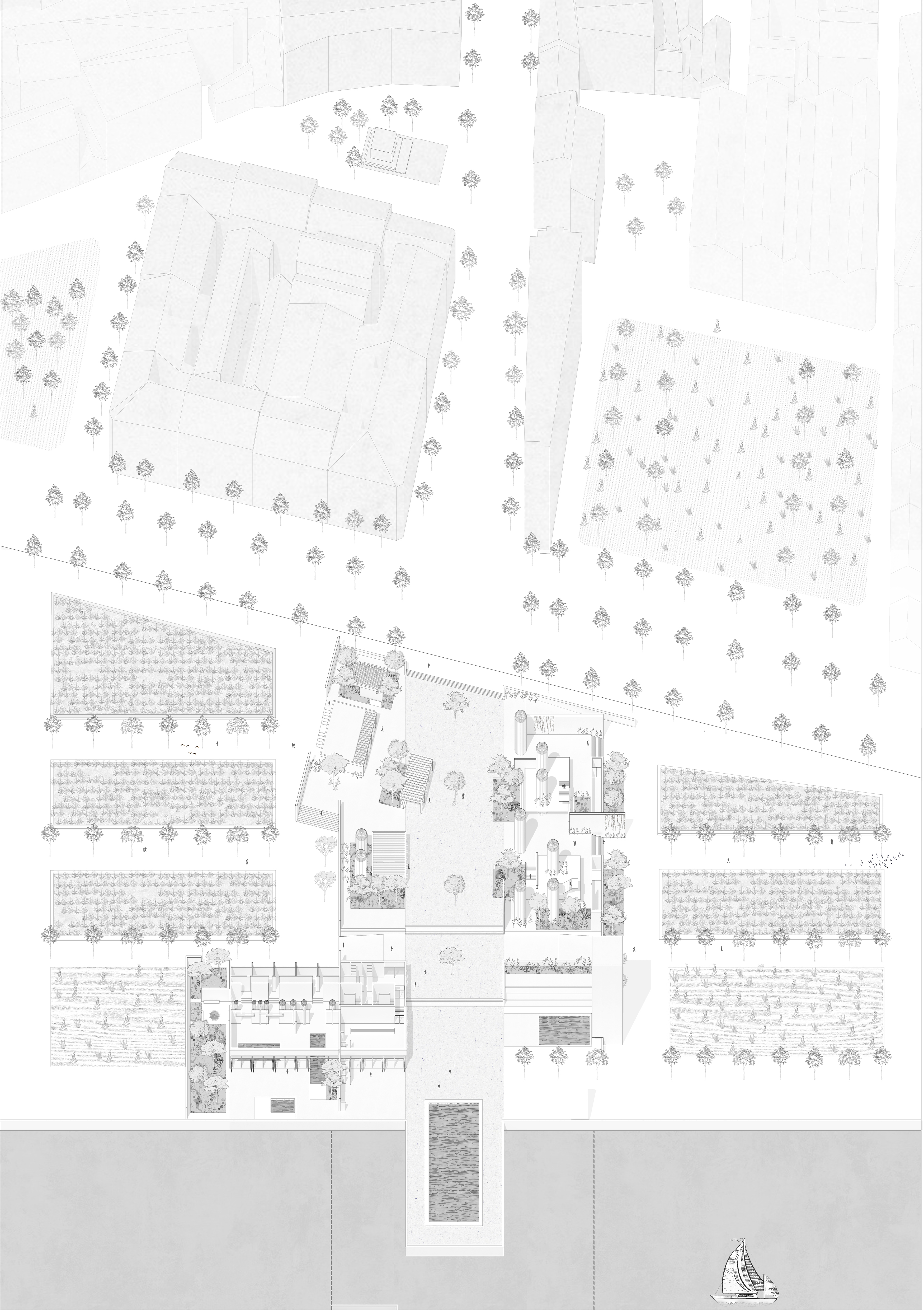

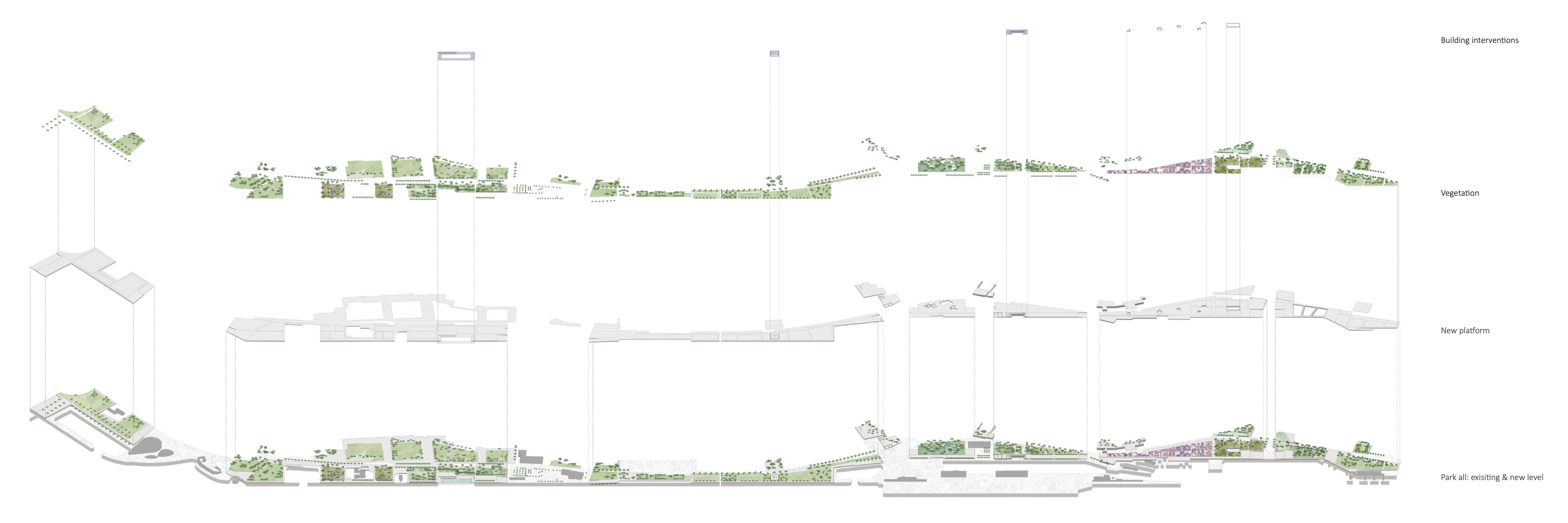
“A proposta reconstrói a paisagem de Lisboa com um parque urbano de 14 quilómetros ao longo da sua costa, e integra um centro de tratamento de águas e um banho público”, pode ler-se na descrição do projeto elaborado pela jovem arquitecta. “O desenho de arquitetura explora os fenómenos aquáticos locais, concebendo-os como uma máquina natural de fluxos. Uma parte foca-se nos sistema aquático e outro na face urbana de Lisboa”, é referido na mesma memória descritiva.
Segundo a autora, “ao implementar técnicas eficientes de gestão da água”, o projecto seria “um exemplo para áreas urbanas em todo o mundo que se deparam com assuntos semelhantes relacionados com a água”. “O parque urbano também promove a mobilidade sustentável, uma rede ciclável, transporte público e espaços caminháveis atrativos”, segundo a proposta.
Podes conhecer o Hydroscape Lisbon em maior detalhe aqui:



